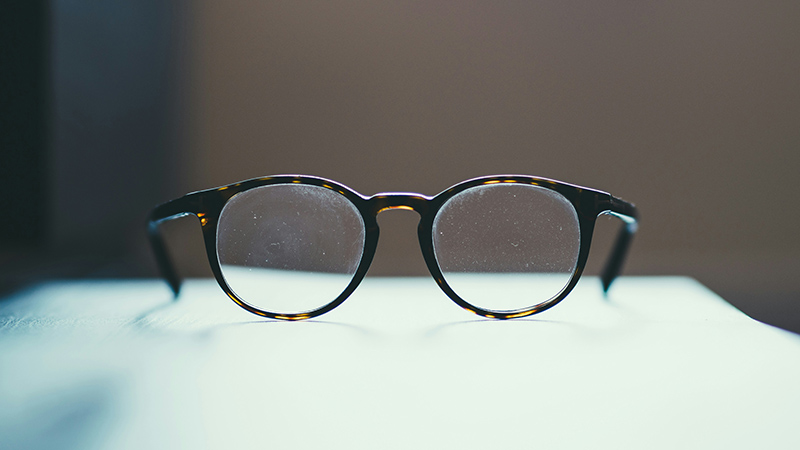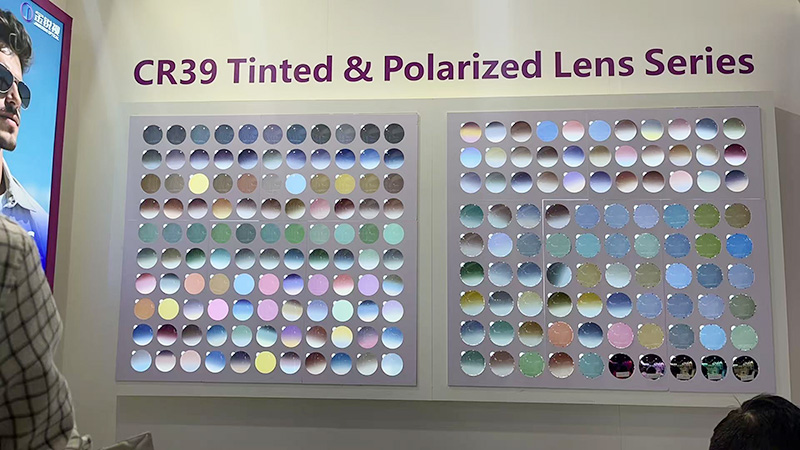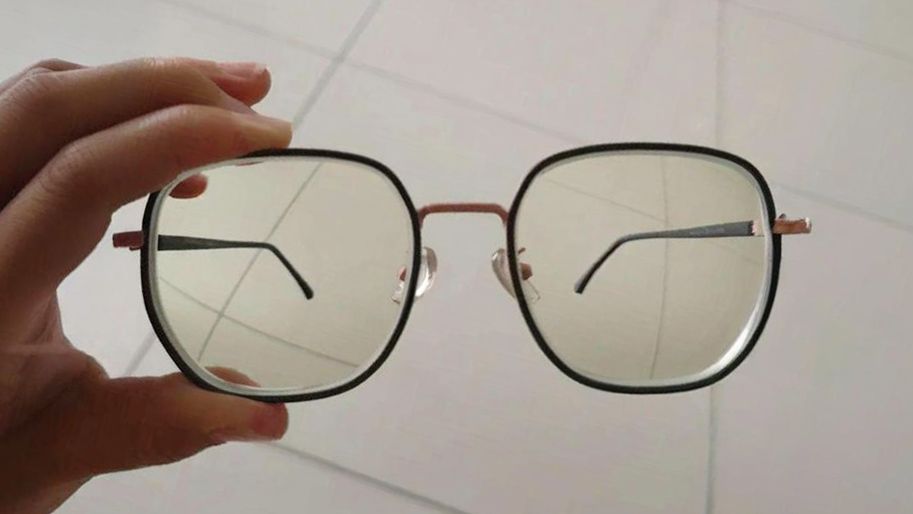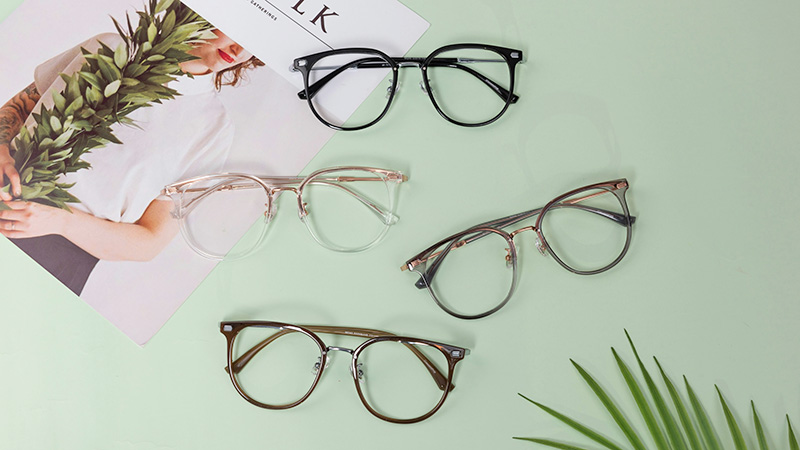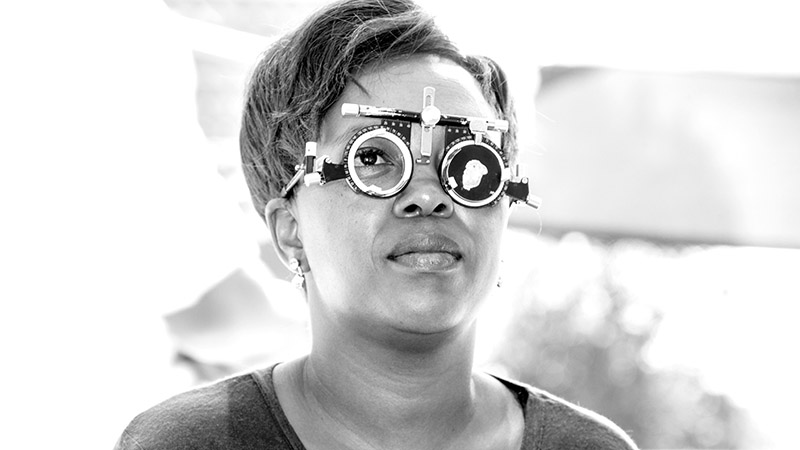Frequently Asked Questions About Choosing Glasses for High Myopia
Always struggling with choosing the glasses for high myopia? Let's clear up these common questions to help you avoid mistakes!
Eyeglasses Frame Selection
1. Can I choose semi-rimless frames?
Yes, you can, but you need to be careful with them. The edges of semi-rimless lenses are fixed by nylon threads, so they may easily get damaged if handled roughly. Additionally, the edges of both semi-rimless and rimless lenses are typically polished, which may cause light scattering in bright conditions. If you're sensitive to light, it's advisable to think twice. For high myopia, the thickness of semi-rimless lenses is quite noticeable, so if you're concerned about the aesthetics of lens thickness, semi-rimless frames might not be the best choice.
2. Can I choose rimless frames?
Technically, yes, but they're not really recommended! Rimless eyeglasses rely entirely on screws to hold the lenses. Since high myopia lenses are already thick and heavy, they can lead to loosening and screw failures over time. They're also more troublesome to maintain; even a slight bump can damage the lenses.
3. Can I choose large frames if the lens decentration is appropriate?
Yes, you can, but it's not recommended! Smaller frames are better because they make the lenses thinner, lighter, and more comfortable to wear. Even with proper decentration, large frames will still make the lens edges thicker and heavier, which may press on your nose or rub your ears after long wear. If you really love large frames, make sure the frame height is suitable to minimize discomfort.
4. Can I choose acetate frames?
Of course you can! The reason they're not recommended is that acetate frames tend to be relatively heavy, and most of them have fixed nose pads. Wearing them for a long time may cause discomfort or slippage. However, if you like the style of acetate frames, you can select an ultra-light acetate material and ensure you feel comfortable with no nose pressure.
5. Do people with high myopia have to choose titanium frames?
Not necessarily! Titanium frames are indeed lightweight, corrosion-resistant, and comfortable to wear, but this has nothing to do with the degree of myopia. If your budget allows and you prioritize comfort, titanium frames are a good choice. If you prefer styles made of other materials, options like TR90 or ultra-light alloy are also perfectly fine, as long as they are of appropriate weight and comfortable to wear.
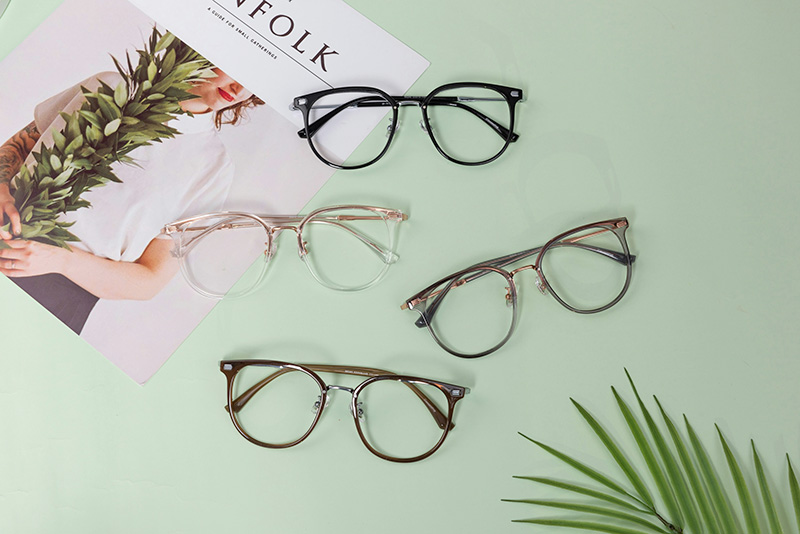
Lens Selection
1. Can I get photochromic lenses?
Yes, but the color options are limited. For high-index photochromic lenses with a refractive index of 1.74, there are mostly two colors available: brown and gray. If you want other colors, you have to choose lenses with a 1.56 refractive index. These lenses are thicker and not very suitable for people with high myopia.
2. Must I choose a 1.74 refractive index?
Not necessarily! Provided the frames are small and well-fitted, a refractive index of 1.67 is completely sufficient. For the same prescription, 1.67 lenses offer better cost-effectiveness than 1.74 ones. If you're on a tight budget, you can choose 1.67. The specific refractive index you choose should be determined based on your prescription and frame size. It's not always "the higher, the better."
3. Can I use a lower prescription glasses?
It depends on comfort and clarity! If you can still see clearly and feel comfortable with a lower diopter, then it's fine. But be aware: for some people with visual function problems, full correction or even over-correction is necessary to maintain eye health. In such cases, you must first have a visual function check and follow the professional advice of an optometrist.
4. If I have astigmatism, can I skip correcting it?
It depends on your personal experience! If you can still see clearly without astigmatism correction and your eyes don't feel sore, that's fine. But if removing astigmatism correction causes blurriness, double vision, or easily fatigued eyes, it indicates your astigmatism needs to be corrected.
5. Can blue blocking lenses slow down the increase in diopter?
That's an over expectation! For healthy people, the only function of blue-blocking lenses is to slightly relieve eye fatigue when looking at electronic screens for a long time. Don't expect them to control myopia progression or prevent radiation. These claims have no scientific basis. If you have special eye problems, you must follow your doctor's professional advice.
6. Should I get the edges of my lenses polished?
Edge polishing can make the lenses look thinner. However, when viewed from the front, a small circular ring may be visible. Edge polishing is recommended most in rimless, semi-rimless, and metal frames. In plastic frames, polished edges sometimes reflect light. Whether to do it or not depends on your personal aesthetic preference.
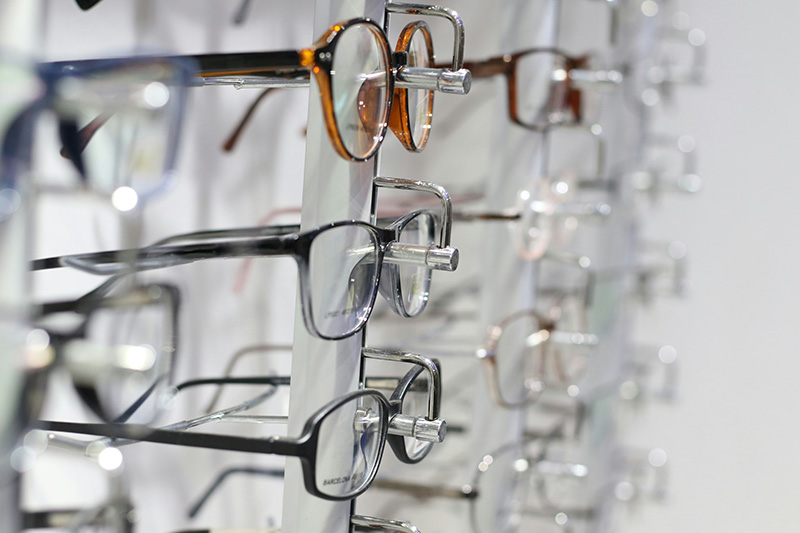
Wearing Experience
1. Do I have to wear the glasses all the time?
There's no hard rule that you "must," but people with high myopia really can't see clearly without glasses! You definitely need to wear them for daily activities, work, and study. Otherwise, it will not only be inconvenient, and you might squint because of poor vision, which could increase eye fatigue. It's fine to take them off when you're resting at home or looking at things up close to give your eyes a break.
2. Why do I feel dizzy when looking around with my glasses on?
It's most likely due to these two reasons: either the frame is too large and the edge of the lens is too far from your eyes, or the refractive index is too low and the edge of the lens is too thick, causing a noticeable prism effect. It's recommended to choose a smaller frame. If your prescription is high, prioritize lenses with a refractive index of 1.67 or higher. This can effectively reduce such dizziness.
3. Why do my eyes feel tired easily when wearing glasses?
People with high myopia are more prone to eye fatigue, which may be caused by the following factors: Many people with high myopia have visual function issues, such as insufficient accommodative ability; or they have poor daily eye usage habits, like prolonged close-range eye use without rest. It's suggested to have a visual function test first. In daily life, remember to look into the distance for 20 seconds every 20 minutes of eye use to relax your eyes.
Extra Tips
When getting glasses for high myopia, don't just focus on the prescription. Choosing the right frame shape and size is equally important. It may take 3-7 days to adjust to new glasses, and slight discomfort is normal. But if you experience severe dizziness, you should go for an adjustment in time. Have an eye examination at least once a year, not only to check for changes in your prescription but also to monitor your eye health.



